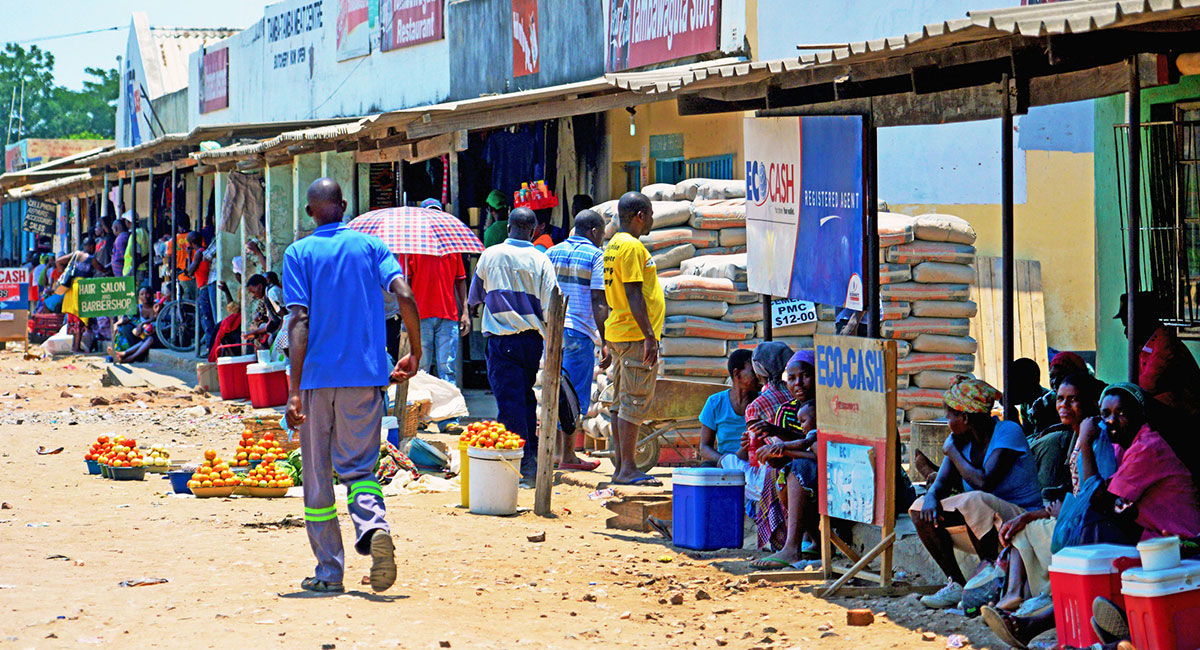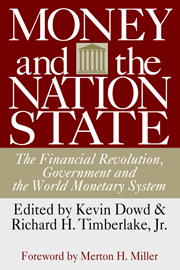The human condition lies on a vast spectrum between “miserable” and “happy.” In the economic sphere, misery tends to flow from high inflation, steep borrowing costs, and unemployment. The surefire way to mitigate that misery is through economic growth. Comparing countries’ metrics can tell us a lot about where in the world people are sad or happy.
Hanke’s Annual Misery Index (HAMI) gives us the answers. My version of the misery index is the sum of the year-end unemployment (multiplied by two), inflation, and bank-lending rates, minus the annual percentage change in real GDP per capita. Higher readings on the first three elements are “bad” and make people more miserable. These “bads” are offset by a “good” (real GDP per capita growth), which is subtracted from the sum of the bads to yield a HAMI score. For more on this index, please see here.
The misery-index idea originated with Arthur Okun, a distinguished economist who served as chairman of the Council of Economic Advisers during President Johnson’s administration. He developed the original misery index for the United States. Okun’s index is equal to the sum of the inflation and unemployment rates.
It was subsequently modified by Harvard professor Robert Barro, who amended the misery index by also including the 30-year government bond yield and the output gap for real GDP. Barro used his index to measure the change in misery during a president’s term.
I further amended Barro’s version of the misery index by replacing the output gap with the growth rate of real GDP per capita and replacing the 30-year government bond yield with lending rates. After all, higher lending rates mean more expensive credit, and more borrowers’ misery.
This year, I made a further amendment in Hanke’s Annual Misery Index. Last November, Wall Street Journal columnist Josh Zumbrun penned a column titled “Inflation and Unemployment Both Make You Miserable, but Maybe Not Equally.” In his column, Zumbrun interviewed Andrew Oswald. Leaning on a paper he wrote in 2001 with Rafael di Tella and Robert MacCulloch in the American Economic Review, Oswald argued that the misery index shouldn’t be a simple sum of its elements, but that unemployment should carry a heavier weight. He suggested doubling the unemployment rate. After reading Oswald’s paper, I concluded that Oswald was on to something, and have subsequently adopted his recommendation. So, for the first time, Hanke’s 2022 Annual Misery Index will double the unemployment-rate component.
This year’s HAMI includes 157 countries (see the accompanying table).




Zimbabwe takes this year’s prize as the most miserable country in the world. Since the reign of Robert Mugabe, which began in 1980, and then his successor, Emmerson Mnangagwa, the political party ZANU-PF has had an iron grip on Zimbabwean politics. Indeed, ZANU-PF operates more like a political mafia than a political party. Its policies have resulted in massive misery. For example, Zimbabwe has suffered endemic inflation since the Mugabe era, including two episodes of hyperinflation, in which the inflation rate (a component of the HAMI), exceeded 50 percent per month for 30 or more days. Last year didn’t deliver much better, with annual inflation at 243.8 percent, and lending rates following suit at 131.8 percent. With elections around the corner, Nelson Chamisa and his Citizens Coalition for Change is polling well, and, on the assumption that there will be fair and free elections in Zimbabwe, he just might pull Zimbabwe out of the gutter.
HAMI = [(Unemployment (20%) * 2) + Inflation (243.8%) + Bank‐Lending Rate (131.8%)] − Real GDP Growth (0.9%) = 414.7
Venezuela, under Chavez (2002-2013) and Maduro (2013-present), has faced similar problems as in Zimbabwe. In March, Maduro celebrated his tenth year in office, in spite of the fact that Venezuela has the second highest misery index score of any country on the planet. In line with Zimbabwe’s experience, Venezuela has had two episodes of hyperinflation under Maduro’s reign. Since Maduro came to power in 2013, it has also seen the oil production of its state-owned oil company PDVSA collapse by 76 percent. No wonder more than 7 million Venezuelans have fled their homeland since 2015. They’re miserable.
HAMI = [(Unemployment (33.5%) * 2) + Inflation (266.9%) + Bank‐Lending Rate (11.1%)] − Real GDP Growth (14.2%) = 330.8
Syria, not surprisingly, is right up at the top of the list of most miserable countries. We should expect a country embroiled in civil war for over twelve years now to be lacking in happiness. The fact that Venezuela and Zimbabwe manage to score worse than Syria without civil wars speaks volumes about their economic mismanagement.
HAMI = [(Unemployment (57%) * 2) + Inflation (94.9%) + Bank‐Lending Rate (14%)] − Real GDP Growth (-2.5%) = 225.4
Now, let’s turn to a happier page and take a look at the least miserable countries in the world.
Switzerland has the lowest HAMI score in the world. One reason for that is the Swiss debt brake. The debt brake has worked like a charm. Unlike most countries, Switzerland’s debt-to-GDP ratio has been on a downward trend in the last two decades, since it enshrined its debt brake into its constitution in a 2002 national referendum. In 2002, central-government debt stood at 29.7 percent of GDP, and by 2018 had been reduced to 18.7 percent. It’s hard to beat a democracy in which most major decisions can, if enough of the electorate insists, be put to a popular vote.
HAMI = [(Unemployment (2.166%) * 2) + Inflation (2.84%) + Bank‐Lending Rate (2.646%)] − Real GDP Growth (1.3%) = 8.518
Kuwait, even with squabbling amongst politicians, put in a solid performance across the board in 2022. As the arithmetic below shows, the “bads” were minimized, and the “good,” was, well, pretty good (4.5 percent per year real GDP growth).
HAMI = [(Unemployment (2.9%) * 2) + Inflation (3.1%) + Bank‐Lending Rate (4.2%)] − Real GDP Growth (4.5%) = 8.6
Ireland, even with a strong performance in 2022, faces threats; namely, the OECD International Tax Agreement. Ireland signed up to the OECD International Tax Agreement in 2021, and, being a well-known tax haven, this might take some wind out of Ireland’s sails after the agreement comes into force in 2024. For now, things look good.
HAMI = [(Unemployment (4.5%) * 2) + Inflation (8.302%) + Bank‐Lending Rate (2.7%)] − Real GDP Growth (11.4%) = 8.602
Thanks to strong economic performances, Switzerland, Kuwait, Ireland, Japan, Malaysia, Taiwan, Niger, Thailand, Togo, and Malta were the top-ten “happiest” countries in 2022. While the list of the top-ten might surprise some, good numbers are good numbers, at least for now.










